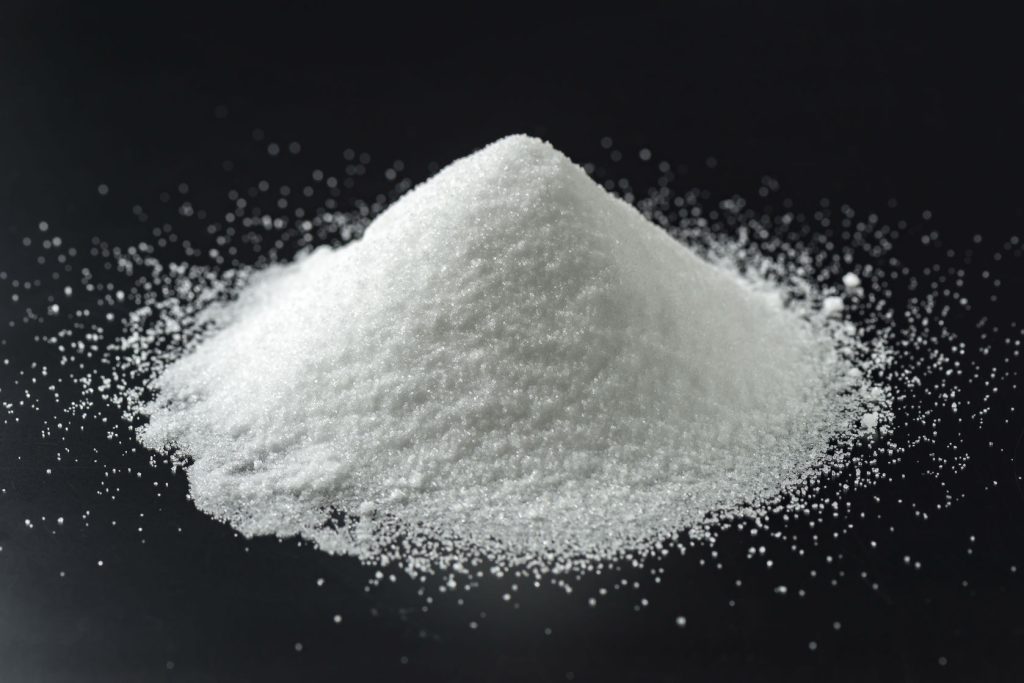Silica is expected to occupy an important position in the high-end manufacturing field

Silica is a general term for fine powder or ultrafine particles of anhydrous and hydrous silica or silicates. It is a white, non-toxic, amorphous fine powder or granular material, mainly referring to precipitated dioxide. Silicon, fumed silica, ultrafine silica gel and aerogel, etc.
Silica is industrial monosodium glutamate, with excellent properties such as chemical inertness and porous structure, which can meet the needs of high-end manufacturing applications, such as battery separators, chemical opening agents, CMP abrasives, coating matting agents, special tire reinforcements, etc. .
Filling materials for battery separators: The global demand is about 70,000-80,000 tons, with a CAGR of 5% during 2022-2026. Data show that China’s lead-acid battery production accounts for about 45% of the world’s total. According to the calculation that silica used for battery PE separator accounts for about 0.2%, the domestic demand is about 30,000 tons, and the global demand is about 70,000-80,000 tons. At present, the main domestic manufacturers include Yueda New Materials, Tongsheng Chemical and Evonik Jialian. The market concentration is relatively high, and the production capacity of high-end products is almost exclusively dominated by Evonik. In the future, lithium battery separators have the possibility of theoretical application.
Coating matting agent: 200,000 tons globally, about 50,000 tons domestically, CAGR 5% during 2018-2026. According to statistics from Transparency Market Research, the market size of nano-silica products for matting agents in the Asia-Pacific region in 2020 is about 1.67 billion yuan, and the CAGR from 2018 to 2026 is 5.29%, accounting for 44% of the global proportion. According to the average price of 15,000/ton, the global demand is about 200,000 tons. There are not many domestic companies producing silica products for coatings, such as Lingwei Technology and Beijing Aerospace Side, and some high-end products rely on imports.
Chemical opening agent: 200,000 tons globally, 100,000 tons domestically, CAGR 5% in 2020-2024. Demand for silica blocking agents will continue to increase due to their low cost and high performance in high volume applications. Technavio predicts that the market size CAGR from 2020 to 2024 is expected to be 5.72%, of which 44% of the growth will come from the Asia-Pacific region. According to this calculation, the market size of anti-blocking agents in the Asia-Pacific region in 2020 is about 3.6 billion yuan, about 100,000-150,000 tons, and the demand in other regions of the world is also 10-150,000 tons. At present, the high-end market is monopolized by foreign giants.
High-end tire reinforcement: the global demand is 1.2 million tons, and the domestic demand is about 450,000 tons. With the continuous promotion of green tires around the world, as a special material for “green tires”, the consumption of silica has increased simultaneously, which has formed a strong support for the growth of global demand for silica. In 2020, the consumption will reach 485,000 tons, accounting for the domestic precipitation method The total consumption of silica accounted for 37%. In the future, under the background of the increasing penetration rate of green tires, the demand for silica used in high-end tires is expected to maintain a growth of more than 10%. Among them, it is worth paying attention to the domestic replacement of aircraft tires and the improvement of tire performance requirements brought by new energy vehicles. .
CMP polishing material: domestic demand is 10,000 tons. According to TECHET statistics, the global CMP polishing liquid market size in 2021 will be US$1.89 billion, a year-on-year increase of 13%. The domestic CMP polishing liquid market size is about 3 billion yuan, of which abrasive particles are the largest cost. In 2021, the total amount of fumed silica consumed by my country’s chemical mechanical polishing industry will be about 5,400 tons, a year-on-year increase of 4.90%. According to SAGSI, the demand in this field will reach 6,600 tons in 2026, and the compound growth rate from 2022 to 2026 will be 4.00%.
From the perspective of price level distribution, pharmaceutical carriers, catalysts, chemical opening agents, coating matting agents, and adsorbents are all markets with higher unit prices, and their production costs are not much different from ordinary silica, so they have a relatively high unit price. With high profit margins, there are better development opportunities in these segments of the market.
